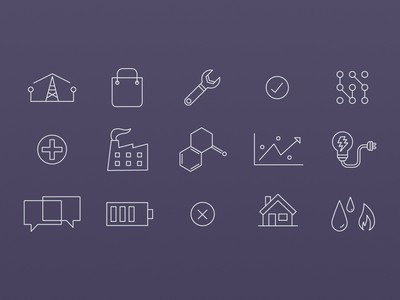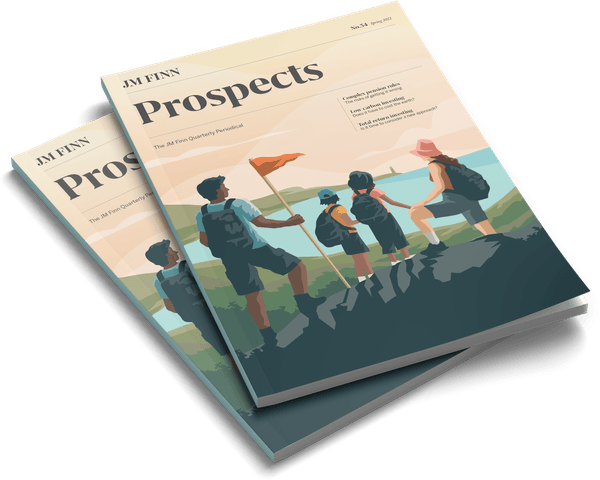A better way to view inflation, may be to consider how it gradually erodes the purchasing power of money held or, how it reduces the nominal amount of debt owed. In practice, our ability to evaluate inflationary effects seems less evident. Recently, I have observed how consumer goods companies have kept the price of everyday items such as toothpaste consistent. Instead, content size has shrunk. This shrinkflation, as termed by the Office for National Statistics, skewed my reference point. Take for instance my toothpaste tube. Its content shrunk from 150ml to just 75ml. I didn’t notice the early shrinkage to 125ml or even 100ml. My point of inflationary realisation occurred late; only after I recognised the increased repurchase frequency of such items!
At an economy level, individual item level inflationary distortions tend to be lost. Instead, more emphasis is placed upon inflation expectations i.e. the average level of inflation that may occur over the next five or ten years. In that regard, we tend to overweight past experiences into future expectations. Yet, I believe COVID-19 presents distinct inflationary shocks that could render the recent past less repeatable. 2020 lockdowns artificially constrained consumer spending, creating an unequal negative demand-side shock, resulting in the UK’s 2020 disinflationary experience.
As lockdowns ease, demand may normalise quickly. However, I suspect negative supply-side shocks, will take longer to materialise. Couple this with extraordinary government spending and record low interest rates investors may want to think carefully about rising inflationary risks ahead.




